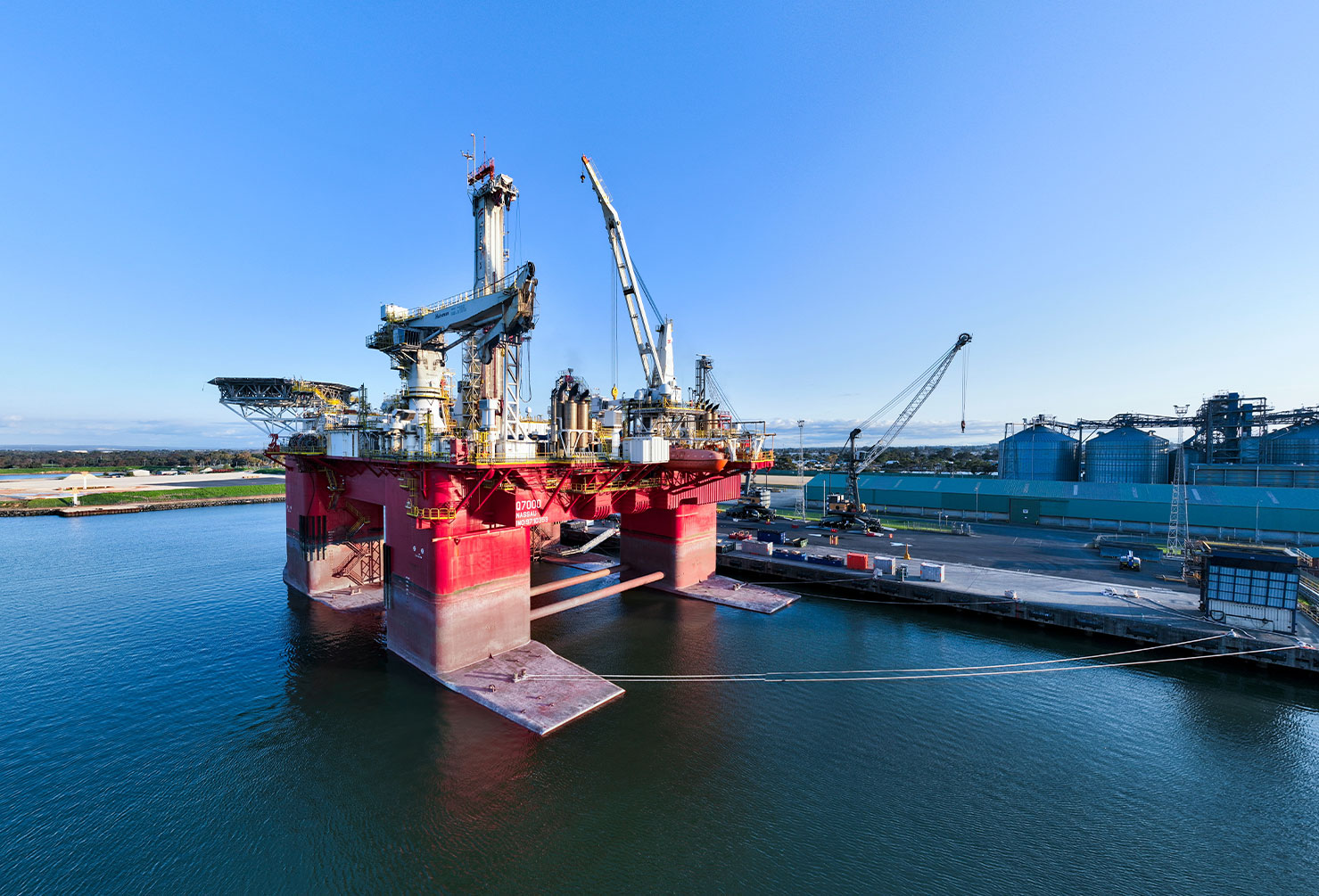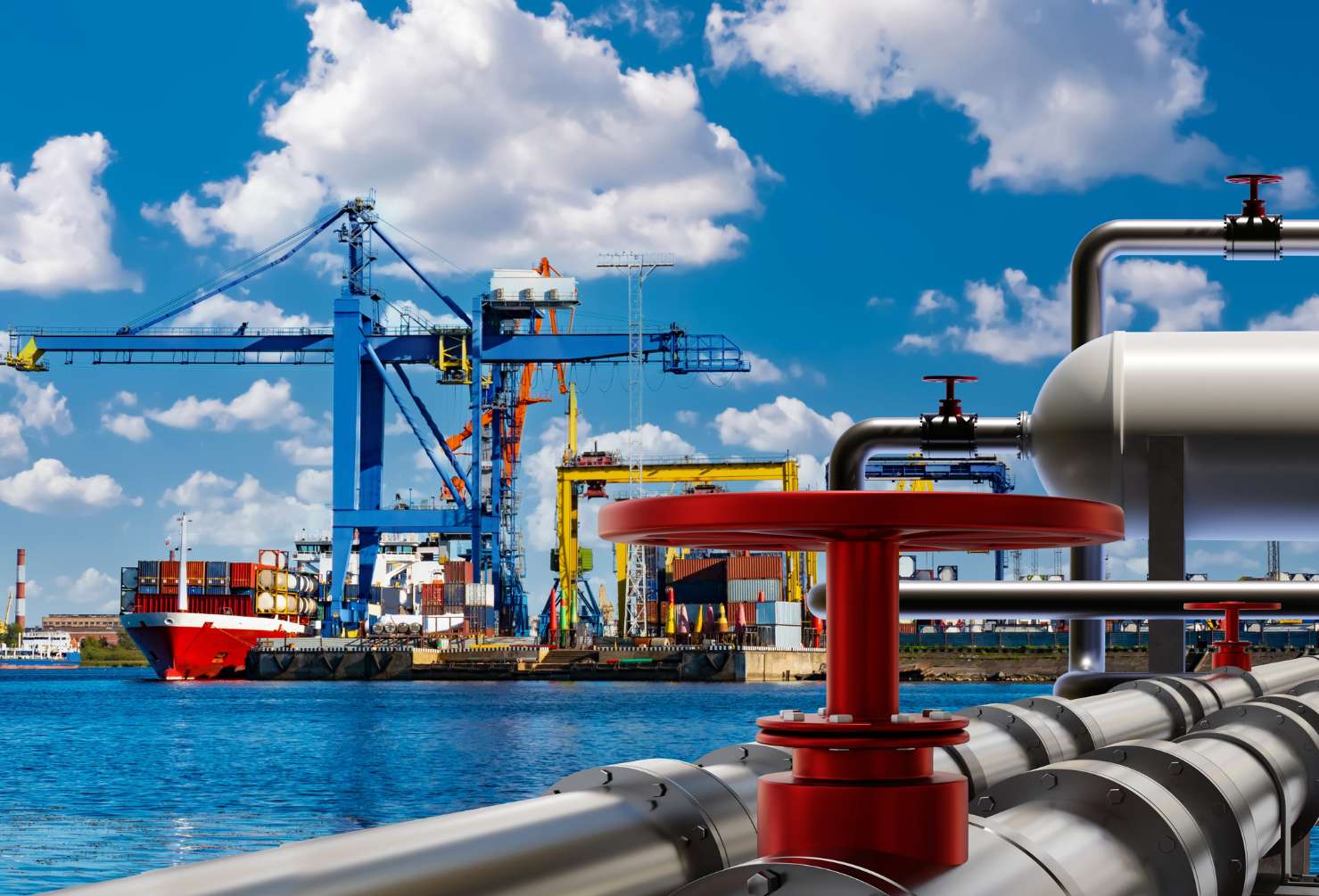
Australia’s oil and gas industry has been a significant contributor to the nation’s economic growth for decades, driving both employment and energy security. However, as many of these offshore and onshore facilities approach the end of their productive life, the industry faces the pressing challenge of decommissioning aging infrastructure. While decommissioning is crucial for safety and environmental reasons, there is also a growing interest in repurposing existing assets for alternative uses, such as renewable energy projects. This blog explores the future of decommissioning and repurposing in Australia’s oil and gas sector, examining the opportunities, challenges, and innovative solutions that are shaping this transition.
The Need for Decommissioning and Repurposing
1. Aging Infrastructure and Safety Concerns
Many of Australia’s oil and gas facilities, particularly those in the North West Shelf, Bass Strait, and Cooper Basin, have been operational for several decades. As these assets age, the risks associated with structural integrity, equipment failure, and environmental hazards increase. Decommissioning becomes essential to mitigate these risks and ensure the safety of workers and the environment. Engineers and project managers must carefully plan the decommissioning process to dismantle and safely dispose of these structures without causing environmental damage.
2. Regulatory and Environmental Pressures
Australia’s regulatory framework mandates the decommissioning of oil and gas infrastructure that is no longer economically viable or poses safety risks. The National Offshore Petroleum Safety and Environmental Management Authority (NOPSEMA) and other regulatory bodies enforce strict guidelines for the safe retirement and removal of offshore and onshore facilities. These regulations are designed to prevent potential environmental hazards, such as oil spills or gas leaks, that could result from aging infrastructure. Compliance with these regulations is not only a legal obligation but also a demonstration of the industry’s commitment to environmental stewardship.
3. Economic Considerations
Decommissioning projects are costly and complex, often requiring substantial financial investments. As companies weigh the economic viability of continuing operations against the costs of decommissioning, many are exploring alternative options to reduce expenses and generate value. Repurposing existing infrastructure for new uses, such as renewable energy projects or carbon capture and storage (CCS) facilities, offers a potential pathway to extend the life of these assets while contributing to a more sustainable energy future.
Decommissioning: A Complex and Multi-Stage Process
Decommissioning oil and gas infrastructure is a multi-stage process that requires careful planning, coordination, and execution to ensure safety and minimise environmental impact. The key stages of decommissioning include:
1. Planning and Assessment
The decommissioning process begins with a thorough assessment of the existing infrastructure, including platforms, pipelines, wells, and subsea equipment. Engineers and project managers conduct detailed inspections to determine the condition of the structures and identify potential risks. This assessment forms the basis for developing a comprehensive decommissioning plan that outlines the steps required to safely dismantle and remove the facilities.
2. Well Plugging and Abandonment (P&A)
One of the first steps in decommissioning is the plugging and abandonment (P&A) of oil and gas wells. This involves securely sealing the wells with cement and other materials to prevent any leaks of hydrocarbons or other fluids into the environment. Properly sealing the wells is critical to ensure they do not pose a risk to the marine or terrestrial ecosystem in the future.
3. Removal of Surface and Subsurface Infrastructure
After the wells have been securely sealed, the next phase involves removing surface infrastructure, such as platforms, topsides, and decks, followed by the dismantling and removal of subsea equipment, including pipelines, risers, and cables. This stage requires specialised vessels and equipment to lift and transport heavy structures, as well as precise coordination to minimise environmental disruption.
4. Site Clearance and Environmental Restoration
Once the infrastructure has been removed, the seabed or land site must be cleared of any debris or remnants. Engineers use remotely operated vehicles (ROVs), divers, and other tools to inspect the site and remove any remaining materials. The goal is to restore the site to its natural state or as close to it as possible, ensuring that it does not pose any long-term hazards to marine life, ecosystems, or human activities.
5. Monitoring and Rehabilitation
Even after the physical decommissioning is complete, ongoing monitoring and rehabilitation are necessary to ensure the area recovers fully. This includes monitoring the site for any signs of residual contamination or environmental impact and implementing additional measures if needed to promote the natural recovery of marine life and habitats.
Repurposing Opportunities: A New Lease on Life for Aging Infrastructure
While decommissioning is essential for safety and environmental reasons, repurposing offers a potential alternative that can extend the life of aging infrastructure and create new opportunities for value creation. Here are some of the key opportunities for repurposing oil and gas infrastructure in Australia:
1. Offshore Wind Energy
Australia has vast offshore wind potential, particularly along its southern and western coastlines. Repurposing existing offshore oil and gas platforms as bases for offshore wind turbines offers a unique opportunity to leverage existing infrastructure and reduce the costs associated with building new offshore wind farms. Engineers can retrofit platforms to support wind turbine installations, using existing subsea infrastructure to transmit electricity to shore. This approach not only extends the life of offshore assets but also supports Australia’s transition to renewable energy and helps meet its emissions reduction targets.
2. Carbon Capture and Storage (CCS)
Carbon capture and storage (CCS) is a technology that captures carbon dioxide (CO2) emissions from industrial sources and stores them underground to prevent them from entering the atmosphere. Australia’s depleted oil and gas reservoirs offer an ideal location for CCS projects, as they have the capacity to store significant volumes of CO2. Repurposing these reservoirs for CCS provides a viable solution for managing carbon emissions and supports the industry’s efforts to reduce its carbon footprint. Engineers play a critical role in designing and implementing CCS facilities, ensuring that they are safe, effective, and compliant with regulatory standards.
3. Marine and Aquaculture Facilities
Repurposing offshore oil and gas platforms as marine and aquaculture facilities is another innovative opportunity. These structures can be transformed into artificial reefs that provide habitats for marine life or serve as bases for aquaculture operations, such as fish farming. By repurposing platforms in this way, companies can contribute to marine conservation efforts and promote sustainable seafood production. Engineers must carefully evaluate the structural integrity and environmental impact of repurposing platforms for these purposes, ensuring that they are safe and suitable for their new role.
4. Research and Monitoring Stations
Decommissioned platforms and facilities can also be repurposed as research and monitoring stations. These stations can be used to study marine life, monitor environmental conditions, and conduct scientific research. By repurposing infrastructure for research purposes, the industry can support valuable scientific efforts and contribute to a better understanding of marine ecosystems and the impacts of climate change. Engineers involved in repurposing projects must ensure that the facilities are equipped with the necessary equipment and infrastructure to support scientific activities.
5. Tourism and Recreational Uses
In some cases, decommissioned offshore platforms have been repurposed for tourism and recreational uses, such as diving sites or accommodation facilities. These platforms offer a unique and novel experience for tourists and divers, attracting visitors interested in exploring underwater environments and marine life. Engineers must consider the structural safety, accessibility, and environmental impact of repurposing platforms for tourism and recreational purposes, ensuring that they provide a safe and enjoyable experience for visitors.
Challenges and Considerations in Decommissioning and Repurposing
While there are significant opportunities for decommissioning and repurposing, there are also several challenges and considerations that must be addressed:
1. Cost and Financial Viability
Decommissioning and repurposing projects can be costly and complex, requiring significant financial investments. Companies must carefully evaluate the cost-benefit analysis of repurposing infrastructure versus complete decommissioning. In some cases, repurposing may be more cost-effective, while in others, the costs may outweigh the benefits.
2. Regulatory Compliance
Both decommissioning and repurposing activities are subject to strict regulatory requirements. Companies must navigate a complex regulatory landscape, ensuring compliance with safety, environmental, and operational standards. Engineers must work closely with regulatory agencies to develop and implement plans that meet all requirements and minimise environmental impact.
3. Technical and Engineering Challenges
Decommissioning and repurposing projects present numerous technical and engineering challenges, including structural integrity, environmental impact, and logistical coordination. Engineers must develop innovative solutions to address these challenges, ensuring that projects are safe, efficient, and sustainable.
4. Stakeholder Engagement
Effective stakeholder engagement is essential for successful decommissioning and repurposing projects. Companies must engage with local communities, Indigenous groups, environmental organisations, and other stakeholders to ensure that their concerns are addressed and that projects align with broader societal and environmental goals.
The Future of Decommissioning and Repurposing in Australia
The future of Australia’s aging oil and gas infrastructure lies in a balanced approach that combines decommissioning and repurposing to maximise value and minimise environmental impact. As the industry evolves, engineers will play a critical role in developing innovative solutions that ensure safe, efficient, and sustainable decommissioning and repurposing practices. By embracing new technologies, fostering collaboration, and prioritising environmental stewardship, Australia’s oil and gas sector can navigate the challenges and opportunities of this new era, contributing to a more sustainable energy future.
Decommissioning and repurposing represent the future of Australia’s aging oil and gas infrastructure. While decommissioning is necessary for safety and environmental reasons, repurposing offers a unique opportunity to extend the life of existing assets and support the transition to renewable energy and sustainable practices. Engineers have a vital role in shaping this future, developing innovative solutions that balance economic, environmental, and social considerations. As the industry continues to evolve, the ability to adapt, innovate, and collaborate will be key to ensuring a successful and sustainable transition.





